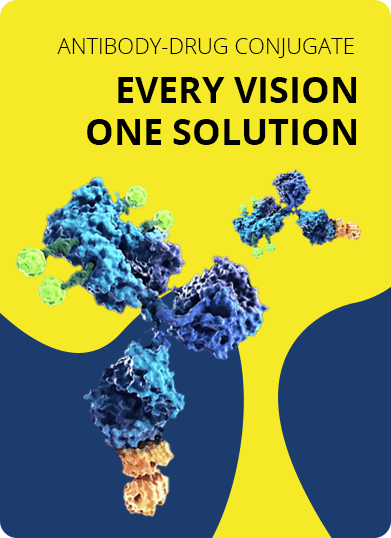- Home
- UTC Development
- Antibody-Antibiotic Conjugate (AAC) Development
- Antibiotic Synthesis
- Penicillin Derivative Synthesis
Penicillin Derivative Synthesis Service
Creative Biolabs has over a decade of experience in linker-payload design and synthesis, and now we provide customized penicillin derivatives-linker synthesis service to fit your bio-conjugation strategies.
Introduction
Penicillin was discovered by Scottish scientist Alexander Fleming in 1928. Its first use for treating infections was in 1942. Penicillin antibiotics were the first effective medication against infections caused by staphylococci and streptococci. There are several enhanced penicillin families which are also effective against additional bacteria, including the antistaphylococcal penicillins, aminopenicillins, and the antipseudomonal penicillins. All of them are derived from Penicillium fungi. The term “penam” is used to depict the common core skeleton of the penicillins. This core with the molecular formula R-C9H11N2O4S, in which R is the variable side chain that differentiates the penicillins from one another. The critical structural feature of the penicillins is the four-membered β-lactam ring, which is crucial for penicillin's antibacterial activity. The β-lactam ring is fused to a five-membered thiazolidine ring. The fusion of these two rings endows the β-lactam ring to with enhanced activity when compared to monocyclic β-lactams, that’s because the two fused rings distort the β-lactam amide bond, thus remove the resonance stabilization normally found in these chemical bonds.
Mode of Action of Penicillin Derivatives
Bacteria need to remodel their peptidoglycan cell walls constantly, simultaneously building and breaking down portions of the cell wall during they grow and divide. Penicillin/penicillin derivatives antibiotics inhibit the formation of peptidoglycan cross-links in the bacterial cell wall, which is achieved through binding of the four-membered β-lactam ring of penicillin to the enzyme DD-transpeptidase. As a result, DD-transpeptidase cannot catalyze the formation of these cross-links, leading to an imbalance between cell wall production and degradation develops and causing the bacterial cells to die rapidly. In addition, the enzymes that hydrolyze the peptidoglycan cross-links continue to perform. This weakens the cell wall of the bacterium further, which increases the osmotic pressure and eventually causing cell death (cytolysis). At last, the build-up of peptidoglycan precursors induces the activation of bacterial cell wall hydrolases and autolysins, and further digests the cell wall's peptidoglycans. The small size penicillin/penicillin derivatives via penetrating the entire depth of the cell wall to increase their potency.
Penicillin Derivatives-based AACs
At present, AACs are under active development and penicillin derivatives antibiotic can be used as payloads for customized AAC generation. In detail, the specific monoclonal antibody can deliver penicillin derivatives exclusively to the infection site. Upon anti-bacteria mAb binding to antigen, AAC is internalized via receptor-mediated endocytosis and the penicillin derivatives payload is released to achieve sterilization.
Creative Biolabs is dedicated to helping clients develop penicillin derivatives-linker complexes in a timely and cost-effective manner. Our customized services will contribute greatly to the success of your projects. Other various services regarding AAC development are also are available. Please feel free to contact us for more information and a detailed quote.
For Research Use Only. NOT FOR CLINICAL USE.

Online Inquiry
Welcome! For price inquiries, please feel free to contact us through the form on the left side. We will get back to you as soon as possible.
